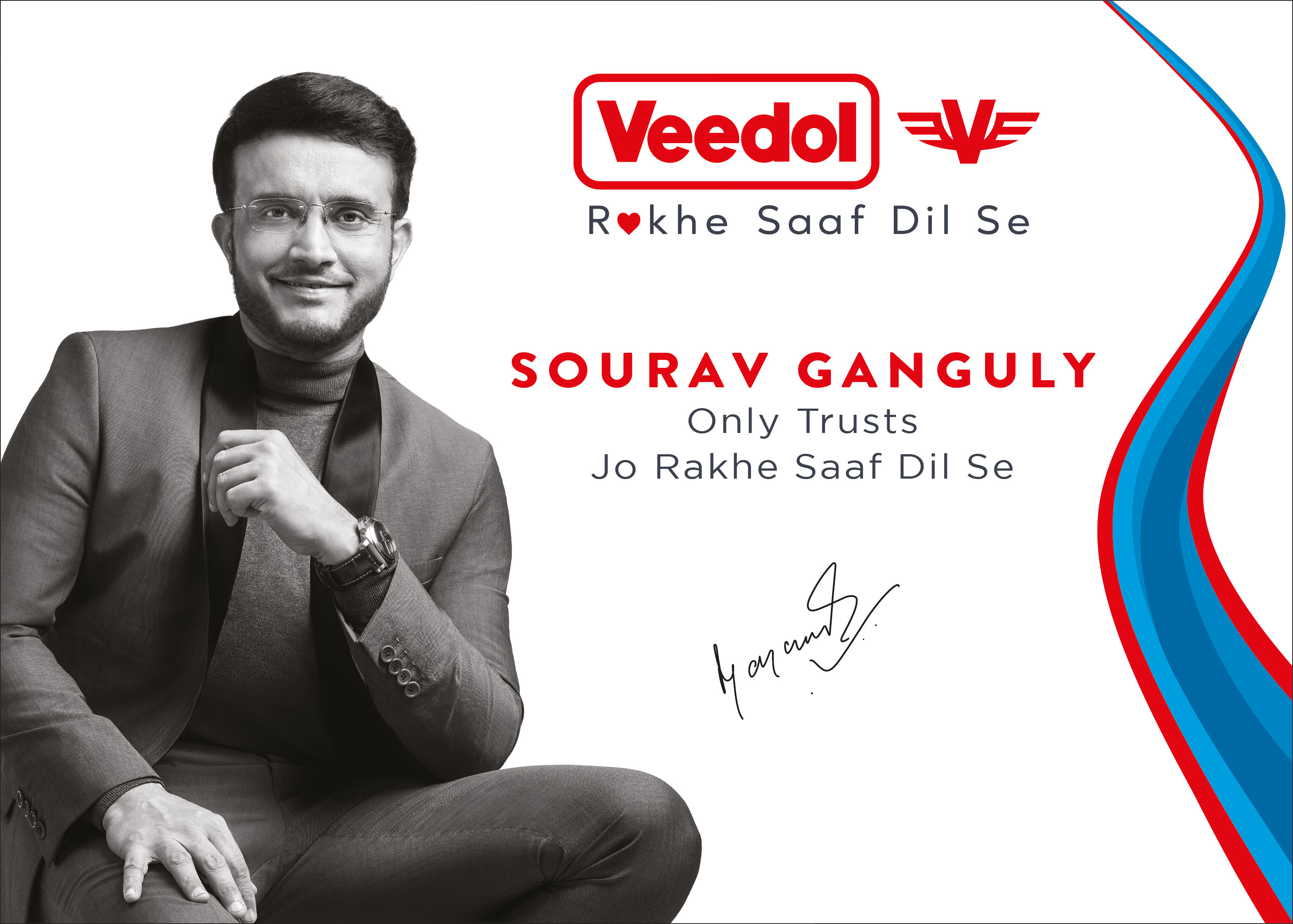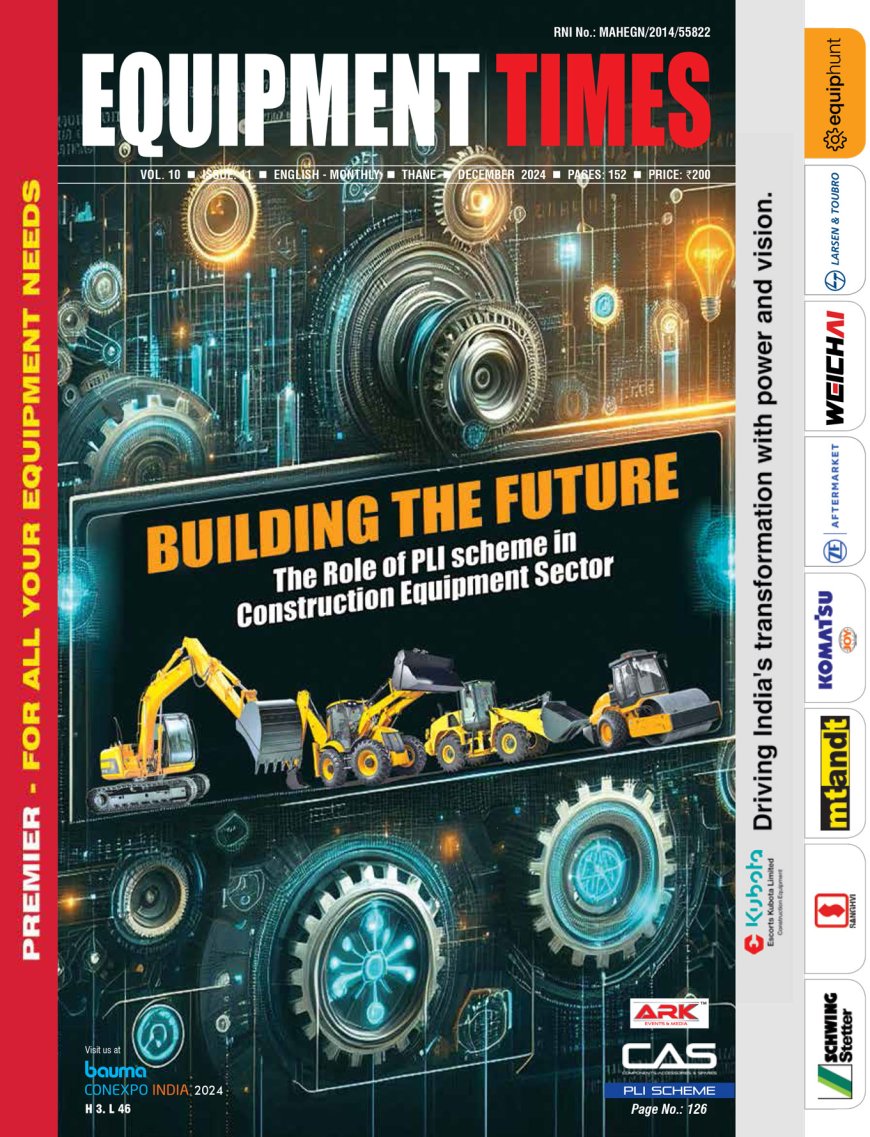We are constantly evolving and introducing new & more user friendly technology.
Souma Ray, Director, Haulotte India. At Haulotte, we always hear the voice of our customers and hence are continuously innovating in terms of our R&D. Haulotte India is a 100% subsidiary of Haulotte Group France and is one of the
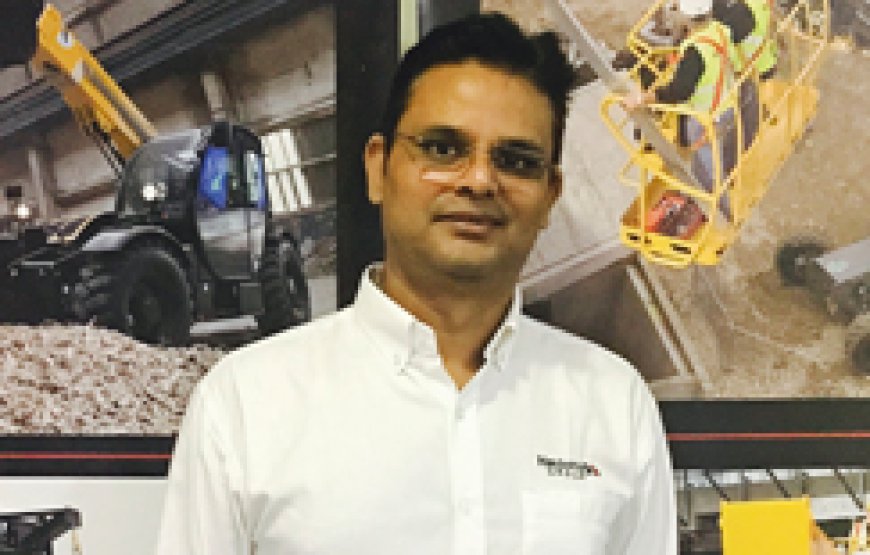
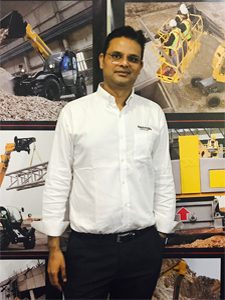 Souma Ray,
Souma Ray,
Director,
Haulotte India.
At Haulotte, we always hear the voice of our customers and hence are continuously innovating in terms of our R&D.
Haulotte India is a 100% subsidiary of Haulotte Group France and is one of the largest full range manufacturers of aerial work platforms in the world. “We take pride of the fact that in India Haulotte is a leading brand in terms of new machine sold in the country. Our direct local presence in India for the past three years is to reaffirm our Group’s global policy of ‘Customer Proximity,” states Souma Ray, Director, Haulotte India. In an exclusive interview with EQUIPMENT TIMES Ray speak about trends and challenges of the access equipment industry.
The use of access platforms is multifarious. As such these equipment are used across all sectors is a need to work at height productively and most importantly safely.
There are no legislations in the country for working at heights. Has it adversely impacted the growth of the access equipment market?
The lack of legislations for working at heights has been one of the main reasons due to which the access equipment industry hasn’t been growing in India as it is expected to be. No doubt there has been increase in awareness across sectors on the multifarious use of Access equipment which not only helps working safely at height but alongside plays a major role in increasing productivity.
Do you expect government to come up with some set of regulation and implement the same?
India being one of the fastest growing economies today and already having moved in to the 6th position of large economies in the world, would certainly need to follow the best practices being followed in the developed countries. Such countries have strict legislations on safety for working at heights and strongly promulgate the use of access equipment for heights over 3m. We from the access industry in India are hopeful that the government would take heed of this and bring in legislations pertaining to working at heights. Once this is done, the Indian access equipment industry shall certainly have exponential growth both in end user and mainly in the rental segment.
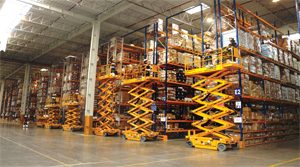 The market for access equipment is still at a nascent stage. What is your take on this?
The market for access equipment is still at a nascent stage. What is your take on this?
Unfortunately, it is true that the Indian access equipment industry is still in a nascent stage. In 2017, the total number of access equipment imported into India (both new and used) was around 758 machines out of which 60% were used machines. In contrast China which since the last few years post years of dormancy has started growing exponentially and in 2017 over 6000 access equipment were imported. The numbers would be much more if we consider all the locally manufactured equipment within China.
What are the major requirements for the growth of the access equipment?
I am sure that the access equipment market in India would grow similarly if we get in legislations at working at heights thus making it mandatory to use such equipment, limit the age of used access equipment that can be imported in the country. Currently, machines of any age and condition get imported in to India from USA, Europe, Australia, Singapore and Middle East. Such machines would have covered their serviceable life yet these are put into use in worksites in India. This can have severe repercussions as use of such machines cause accidents thus endangering precious lives.
What is the rental market scenario for access equipment? How do you assess the growth in this space?
The rental market of access equipment is the most important segment across the world and hence no different in India. Over the past decade and more the AWP rental segment has been growing. However the fleet expansion happening in these companies have majorly with used machines imported from Europe, US, Australia and Middle East. Few of the rental companies used to buy few new machines in between, however we have started to see a change in this trend as there is an increase since the last quarter of 2017 for some rental companies who have started procuring new machines, which is an encouraging sign. We are of the opinion that this is a very good indication of a change coming in the Indian rental segment for AWP’s.
What are the major challenges that blunt the growth of the rental segment?
The major challenge that all established rental companies have been plagued is the low rental rates and non consideration from the contractors hiring their equipment to give better rates for equipment that may be new, young in age and in good condition.
This lack of consideration resulted in under cutting of rates and also coming in of many small fly by night rental operators offering at unviable rates very old and mostly past serviceable life machines bought at throwaway prices. We as manufacturers are promulgating the awareness of safety and productivity to the end users so that they should prefer hiring machines in good condition albeit at slightly higher rates without doing any compromise to safety.
Which is the fast moving range in access equipment?
The general trend of usage of access equipment across the world is 67% scissor lifts and balance 33% boom lifts. As the access industry matures the demand of scissor lifts especially the electrical scissors increases. In India during the initial years we saw good demands of electrical scissors but that waned over the years as demand for boom lifts increased because of major requirements of various infra projects across the country. However in 2018 we have been witnessing an exponential rise in demand of scissor lifts and even rental companies are procuring new scissor lifts. Just to reinforce this, Rentease International LLP, one of India’s newest and fastest growing AWP rental companies have bought 82 nos. new machines from us, the bulk of it being electrical scissors. Similarly our other esteemed partners in the rental industry are also procuring more electrical scissors.
How do you assess the potential for bundling integrated technologies in access equipment with the use of real-time data?
All our new generation Haulotte machines are coming telematics ready and hence real time data can easily be obtained by use of relevant technology.
What are the performance and efficiency enhancing features of Haulotte range?
All major manufacturers of AWP’s are constantly striving to update the technology in their machines not only to keep up with the changing needs of the customers but also to make the machines more user friendly and efficient and ensure optimum level of safety while in operation. At Haulotte, we always hear the voice of our customers and their needs and hence are continuously innovating in terms of our R&D in introduction of newer and more user friendly technology and also working to expand our product line. We are already revamping our older models which have stood the test of time with newer technologies.
Could you speak about the latest technology advancements with relation to safety?
Our R&D team is working relentlessly to incorporate the best safety features in our machines so as to make them safer as well as give optimum performance to the user’s needs. One of the recent technological advancements we have introduced in our diesel boom lifts is the Entrapment Prevention System, ACTIV’ Shield© Bar 2.0. This is a secondary guarding system that ensures safety of the worker in an entrapment situation. The system once activated allows on reverse and down function of the machine thus preventing further danger to the worker. The system unlike some of our competitors offerings can be reset from the platform itself, thus saving both time and money.
Could you tell us about the distinguishing features of telescopic booms?
Each of our models and variant have their own USP, but one of the many distinguishing notable features is in the lower ground control box of our new generation articulating and telescopic booms. We have incorporated the Haulotte Diagnostic screen in the panel which will enable the user to get all details of performance and related parameter at the touch of a button. Further, any fault diagnosis can also be done on this screen, which gives a pictorial description of the nature and location of the fault. This tremendously helps in reducing the downtime of the machine and any intervention can be done in the shortest possible time.
Apart from this, our newest introduction is the provision of LED lights integrated on our HT28RTJ 28m meter telescopic boom and our new HA20LE/LEPRO PULSEO range of electric articulated rough terrain boom to facilitate safe loading operations of the machine at night. Furthermore, our emphasis will also be to ensure increased availability of the equipment, enabling the users to get higher rental rates and productivity.
In a highly competitive scenario, what makes Haulotte equipment stand out in terms of performance and productivity, and fuel efficiency?
Like I have just mentioned before at Haulotte we are constantly evolving and working on introducing new and more user friendly technology in our machines. In accordance to this principle all the new range of boomlifts that have been launched are the best available in their class. We have used Kubota variable speed engines to optimize fuel consumption (less than 15% as compared to other engines), low decibel of noise, having the shortest time for reaching full working height thus increasing productivity and having the world’s best safety features including the Active Sheild Bar 2.0 which is a secondary guarding anti-entrapment device. These major changes that we have introduced have received very encouraging response from our customers.
What is the market potential for aerial work platforms and telehandlers?
Aerial work platforms are equipment that are used for people lifting for safe working at heights whereas telehandler are material lifting equipment. Hence the application and usage of both the type of equipment is completely different. Nevertheless both the genre of equipment have immense market potential to cater to their respective demand segments. With India being one of the fastest growing economies in the world and there is a lot of work going on in building infrastructure, the demand of such equipment would grow exponentially in the years ahead as the industry starts maturing.
In projects like metro construction, how advantageous are high capacity, and high-lift telehandlers compared to the truck cranes available in the market?
Telehandlers are rough terrain machines and can be deployed across very swiftly various sites in the construction area. With the possibility of using various attachments like forks, bucket, jib, winch as per the required application, telehandlers become much more multifarious in their operation as compared to a truck mounted crane which is primarily used for lifting, shifting, loading and unloading applications.
The roll out of GST seems to have brought in better clarity in the tax issues. What was the impact of GST on the rental segment?
The rollout of GST has indeed been beneficial to the access equipment rental industry. Earlier the rental industry never used to get benefit of the CENVAT on the imported equipment; now with the advent of GST they can get a complete set off of the 18% GST that they pay on import of AWP’s.
Hits: 37








